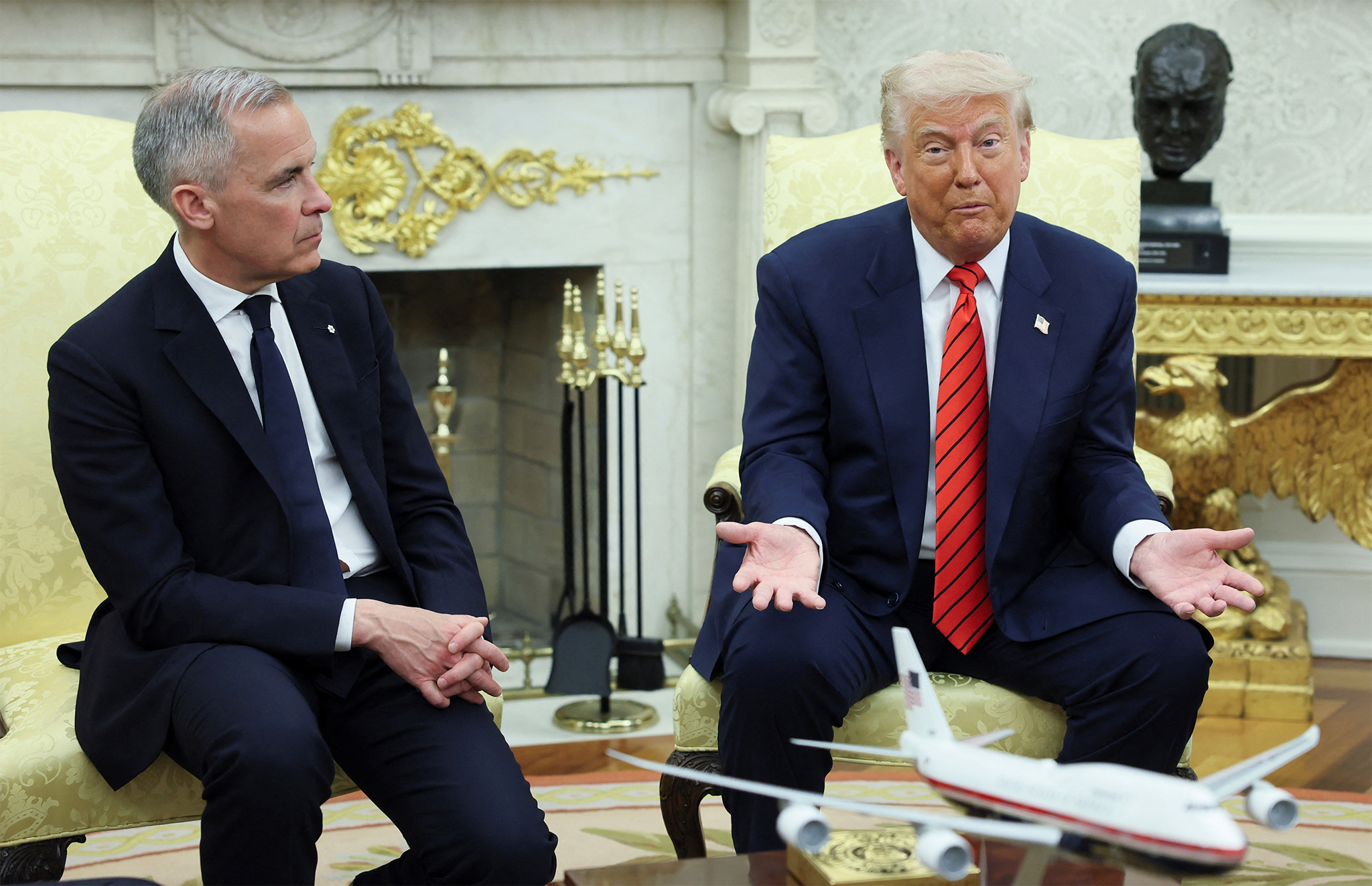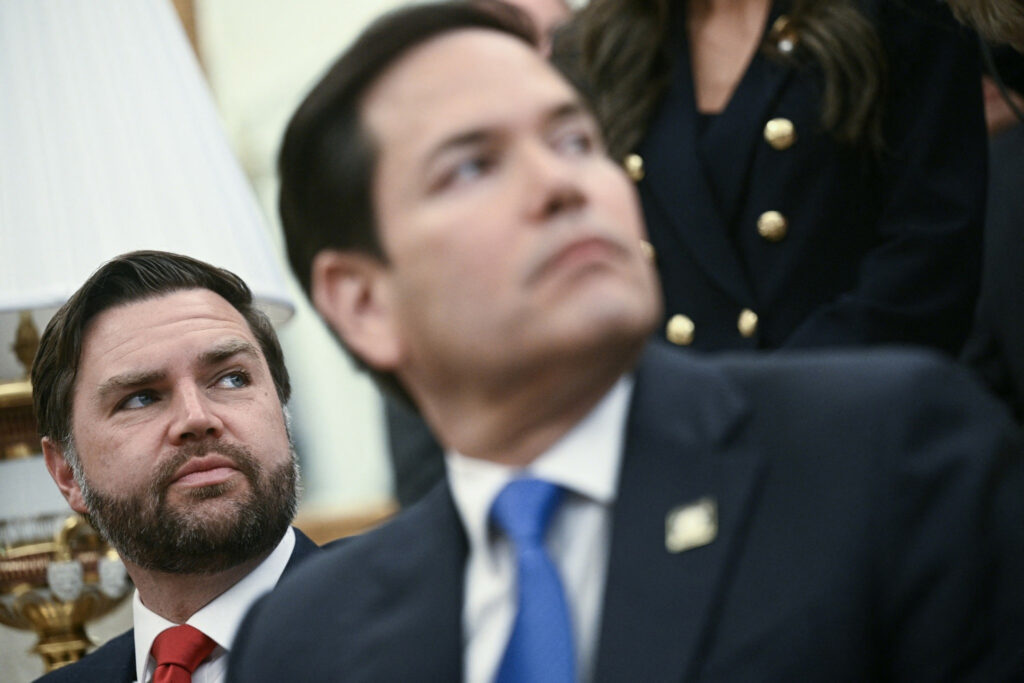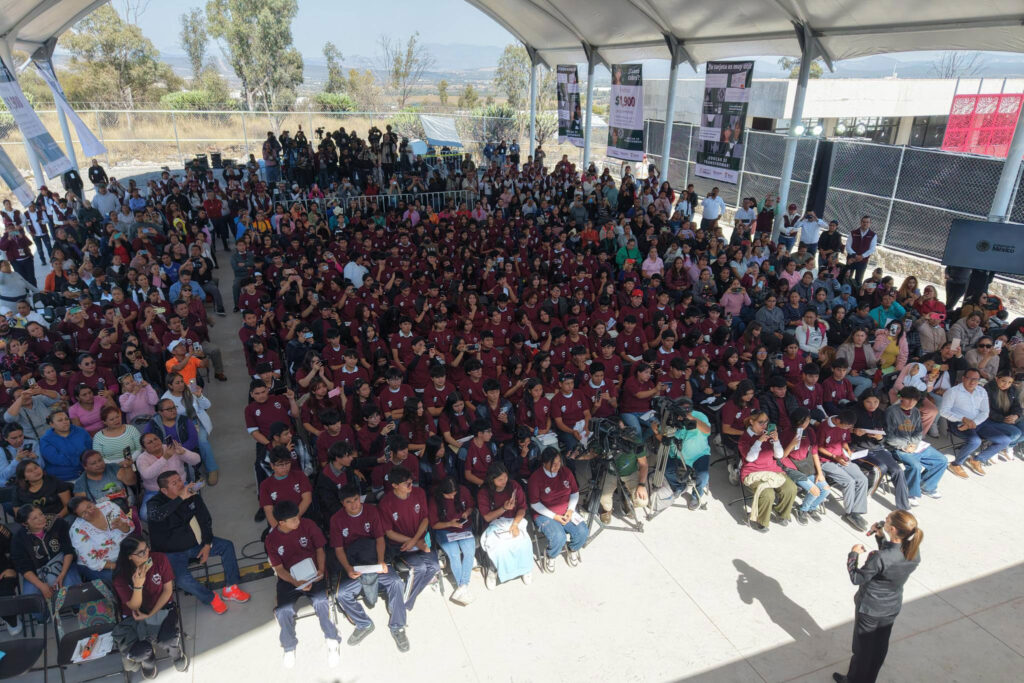Trump Proposes Separate Agreements with Mexico & Canada
Mexico City. U.S. President Donald Trump predicted that Canada and his country would reach an agreement on tariffs , but he opened the possibility of individual trade agreements with Mexico and Canada . It didn’t seem like Prime Minister Mark Carney ’s visit to the White House went so well . He got into his motorcade around 2:32 p.m. Washington time and didn’t take any more questions.
The US president complained that the US “has always given everything to Canada,” but Americans now “want to make their own steel and cars.”
Trump resumed his rhetoric about Canada’s annexation. When Carney praised him for his “efforts to negotiate a peace agreement in Gaza,” he slipped in the reference to an effort to merge “Canada and the United States.”
“Just kidding,” Trump said.
“That’s not where I was going,” Carney replied.
Previously, Trump had told the media after his meeting with Carney: “We could renegotiate it, and that would be good, or we could make different deals. If we want to, we can make different deals. We can make deals that are better for individual countries,” Trump told reporters on Tuesday during his meeting with Canadian Prime Minister Mark Carney. “I want to make the best deal for this country, and also, to a large extent, with Canada in my mind,” the Republican added.

Trump praised Carney during a press conference from the Oval Office, describing him as a “strong and good leader.” “He’s a world-class leader who knows what he wants,” he said, adding that “he does a good job.” But he acknowledged that, despite the US’s good relationship with Canada, there is a “natural trade conflict” due to competition in the automobile and steel industries. “We are working on ways to resolve it, and I believe we will succeed,” he said.
For his part, Carney asserted that Trump has “transformed the economy” of the United States, boosted “unprecedented” defense spending by NATO partners, and also achieved peace between Pakistan and India and “deactivated Iran” on all fronts in the Middle East.
“There are areas where we compete, and it’s in those areas where we need to reach an agreement, but there are others where we’re stronger together. We’re going to achieve an agreement that’s right for the United States and right for Canada,” Carney stressed.
The meeting comes after Mexico, the United States, and Canada announced the opening of a consultation process to review the tripartite free trade agreement (USMCA), which entered into force on July 1, 2020.
Trump increased tariffs on Canadian products from 25 percent to 35 percent in August, excluding those covered by the treaty, although Carney announced in late August that retaliatory tariffs on U.S. goods would be lifted as a gesture of goodwill toward the Trump administration.
Canada is the only G7 country that hasn’t reached a trade agreement with Trump during his second term, and so far it’s the tariff exemptions under the USMCA that have given it room to negotiate with the United States.
-
The Poor as Instruments, Not Allies
Welfare programs with political aims are not the same as forging political alliances with the impoverished population created by voracious neoliberal capitalism.
-
Florida, the Race for the Presidency & Opaque Capital
Contemporary Florida is the distorted and advanced mirror of a new form of global governance, where money laundering has not only been tolerated, but institutionalized & updated for the digital age, fed by a murky river flowing from the Global South.
-
People’s Mañanera December 22
President Sheinbaum’s daily press conference, with comments on economic achievements, Sonora development plan, extortion of immigrants, Baja California Sur dam, water treaty with US, nepotism loopholes, and García Luna.




